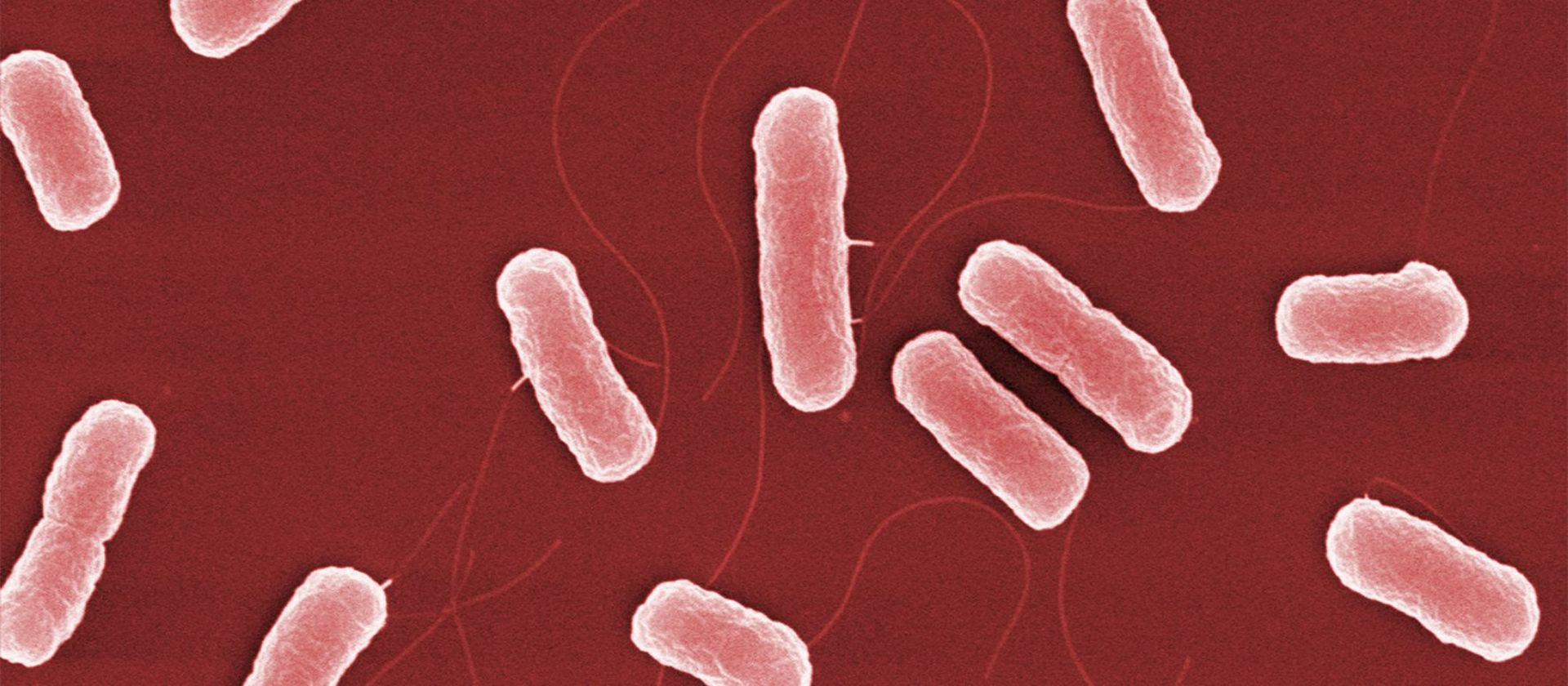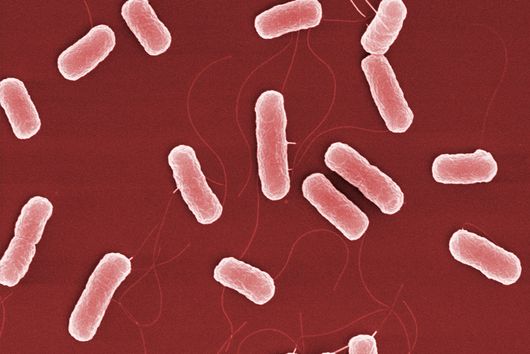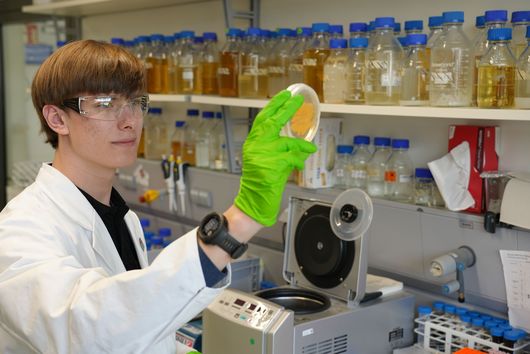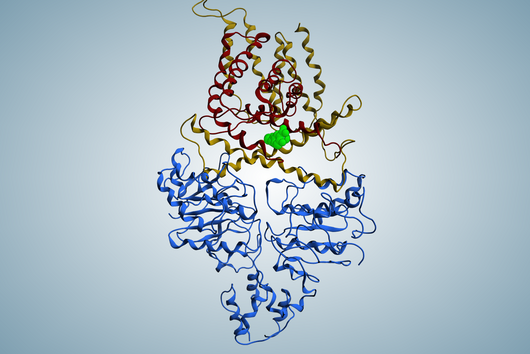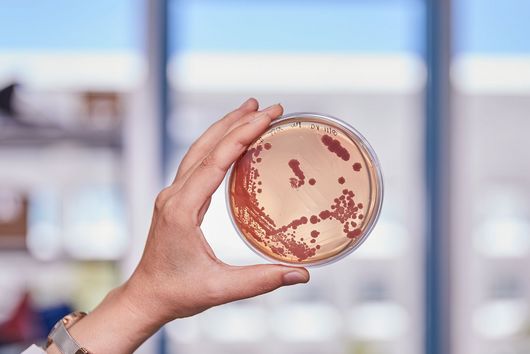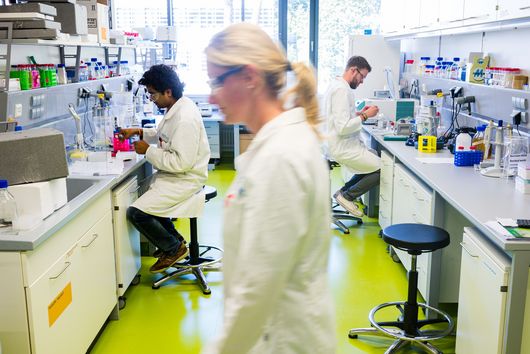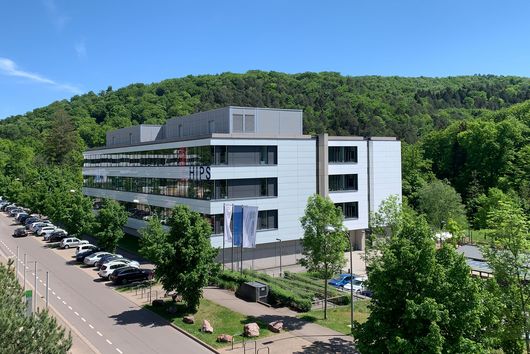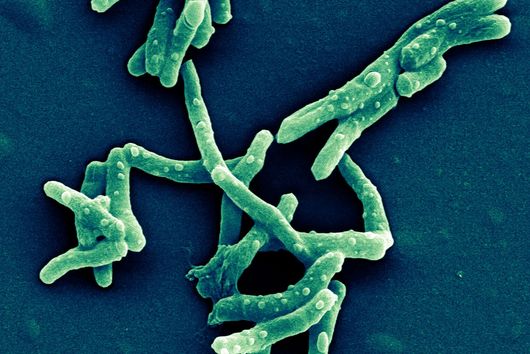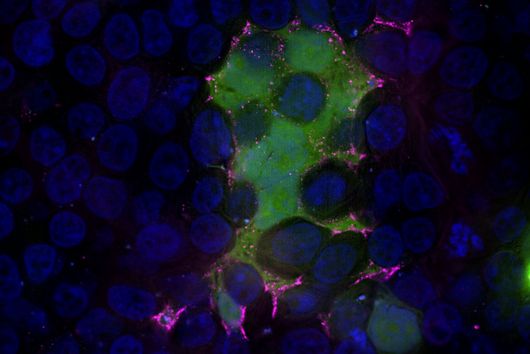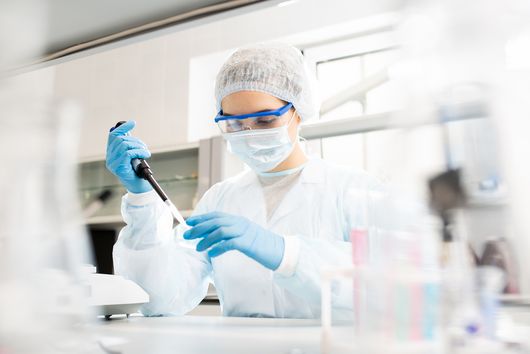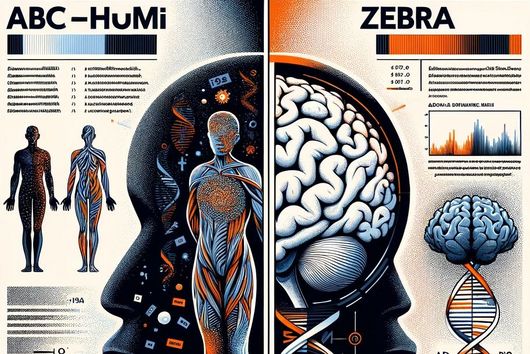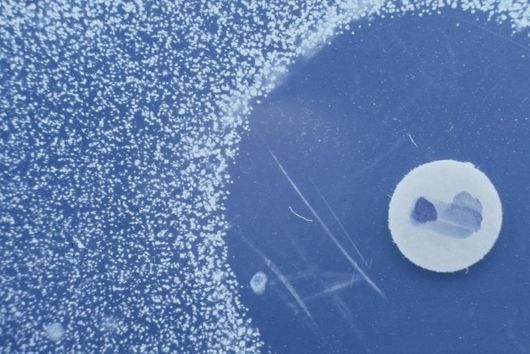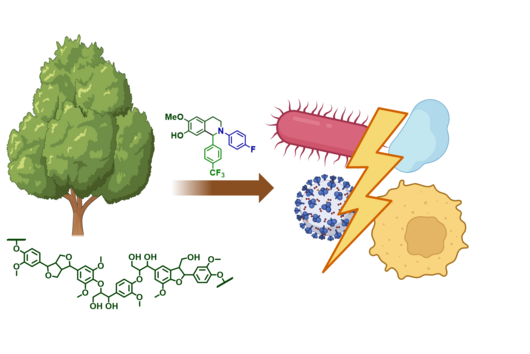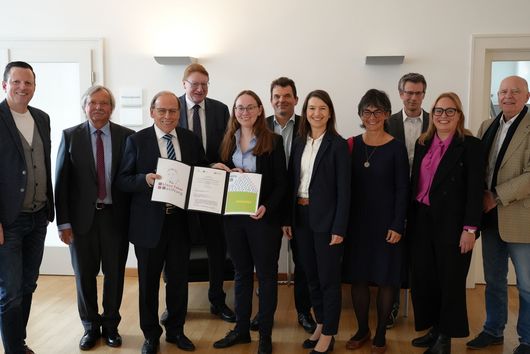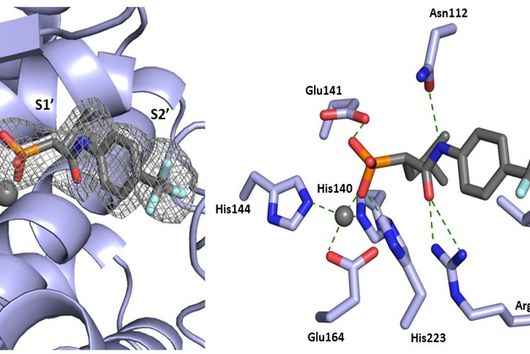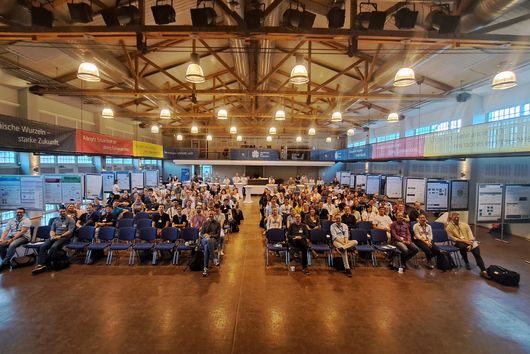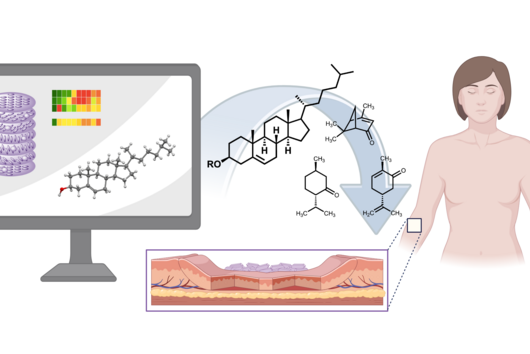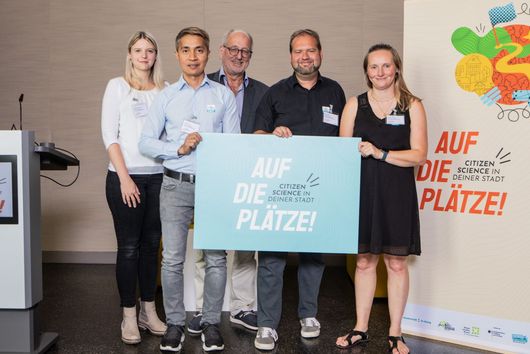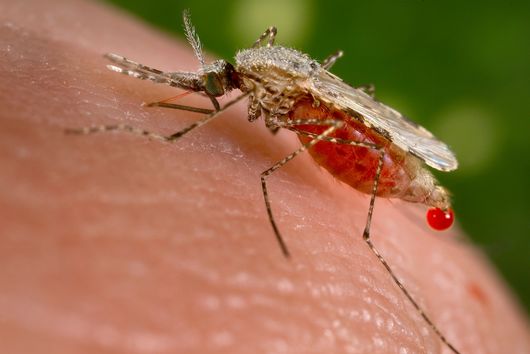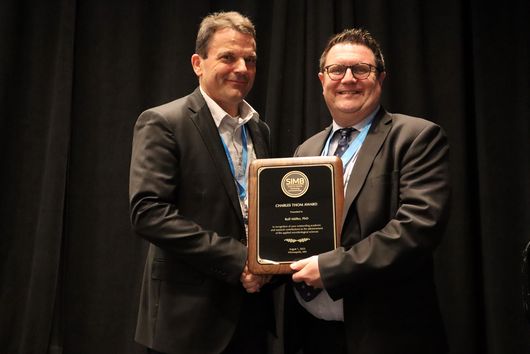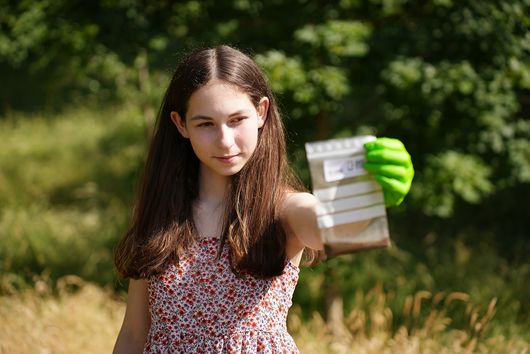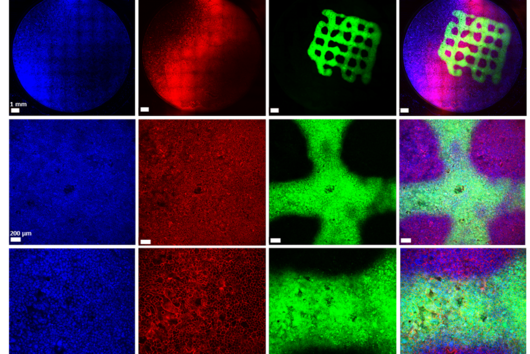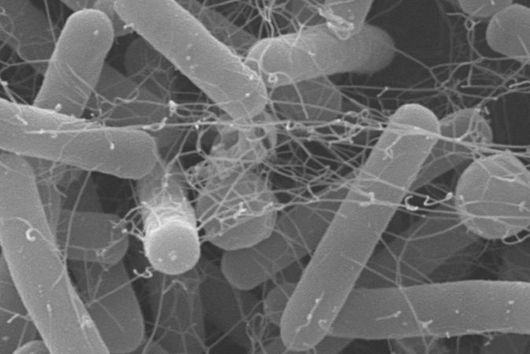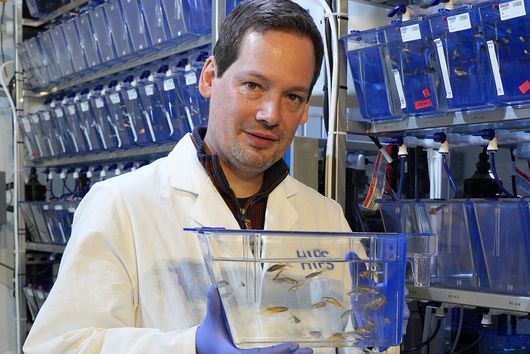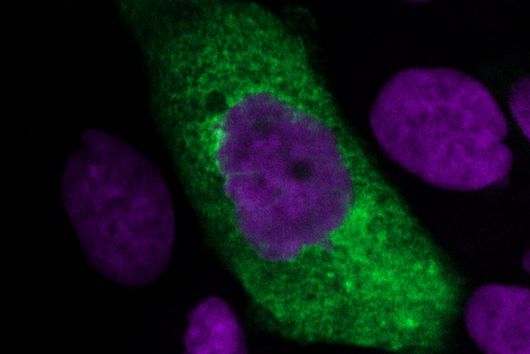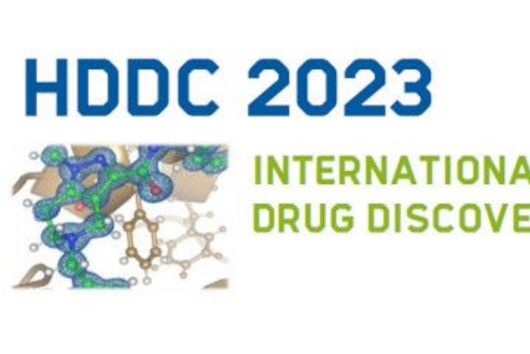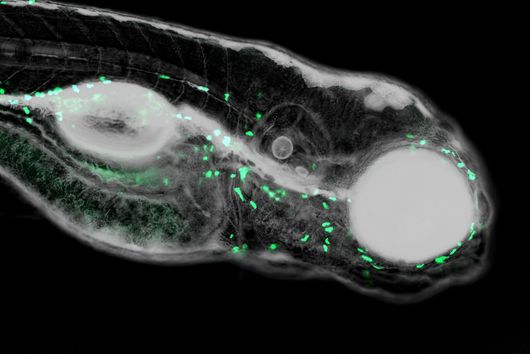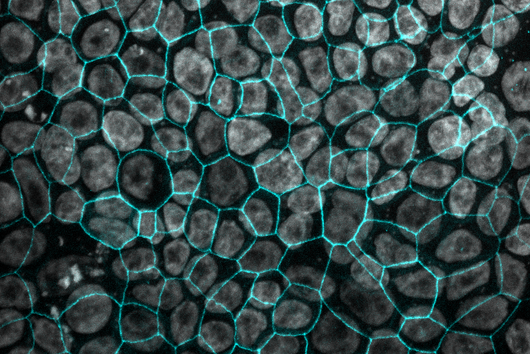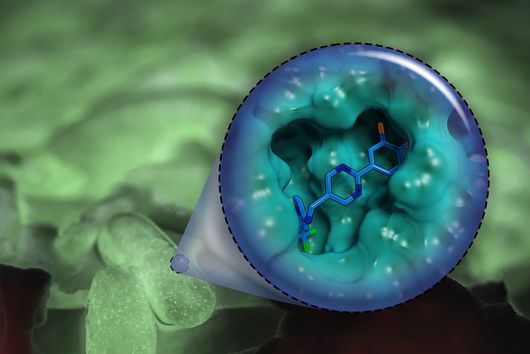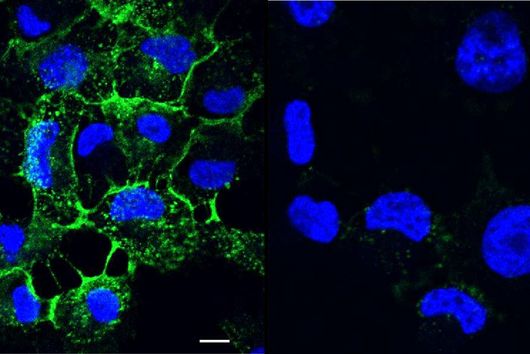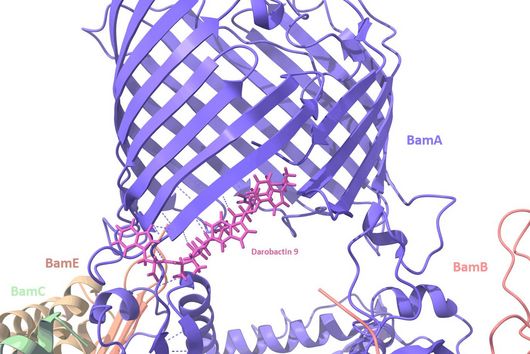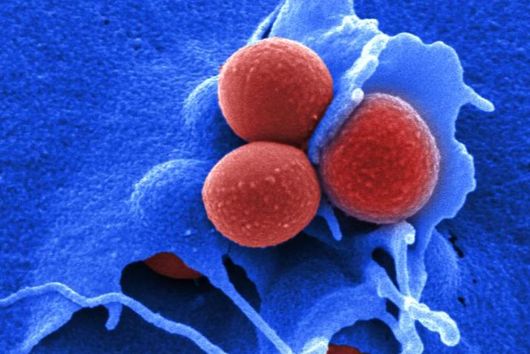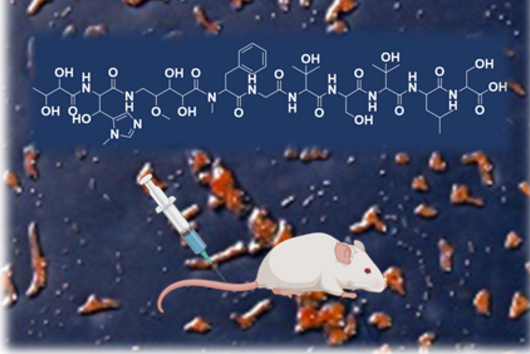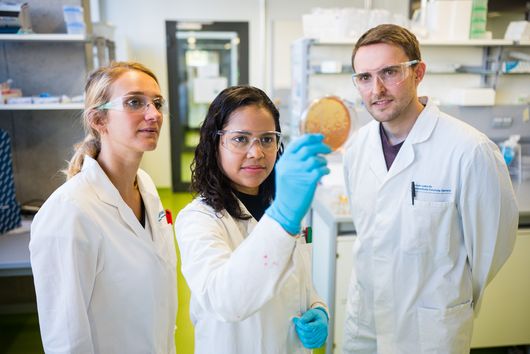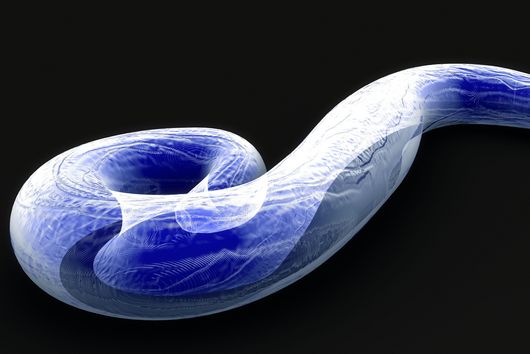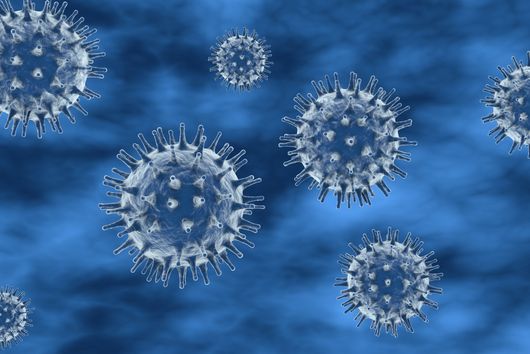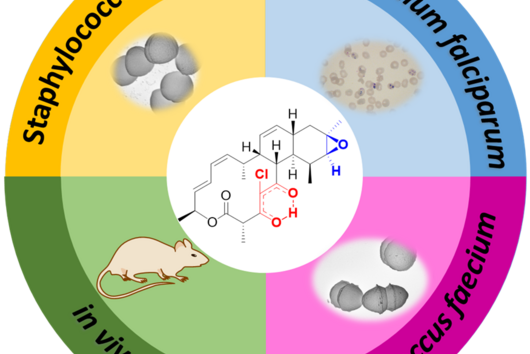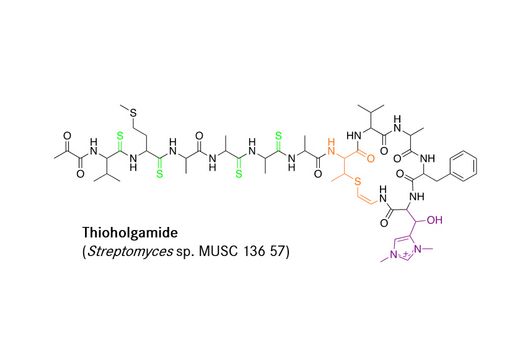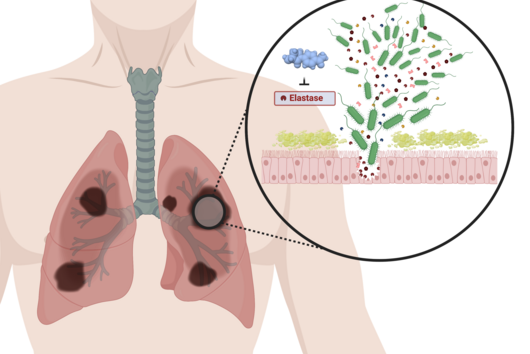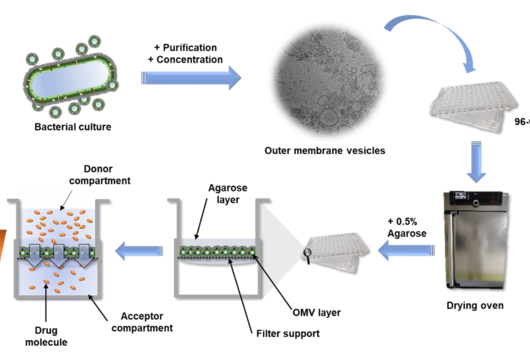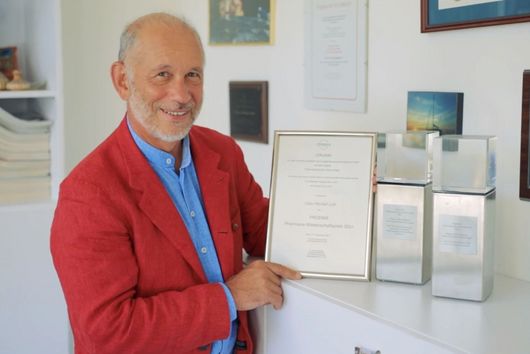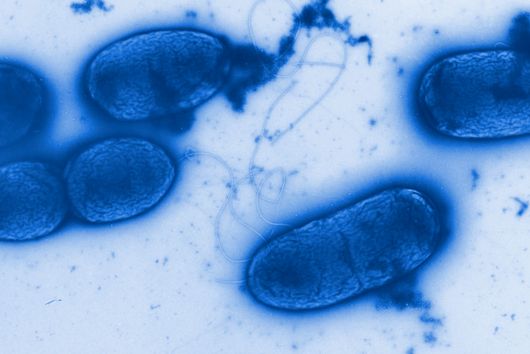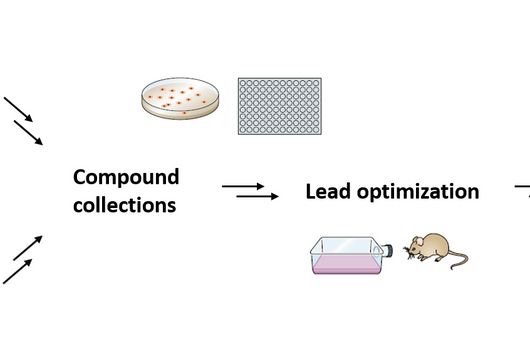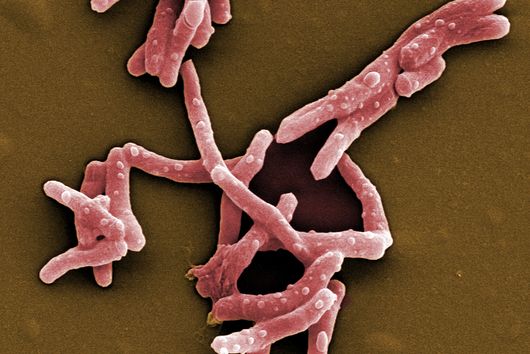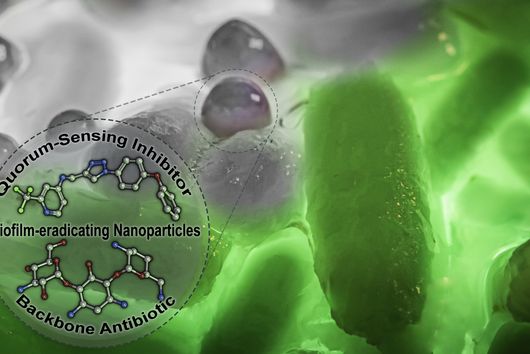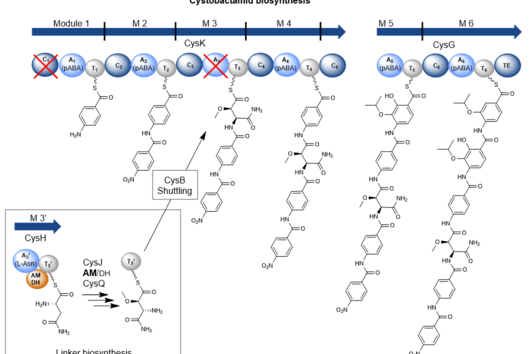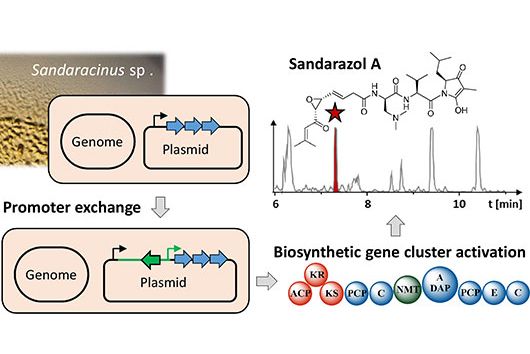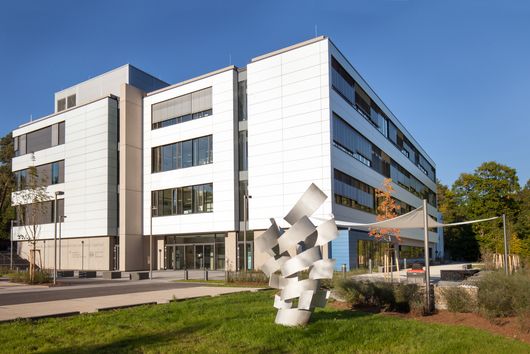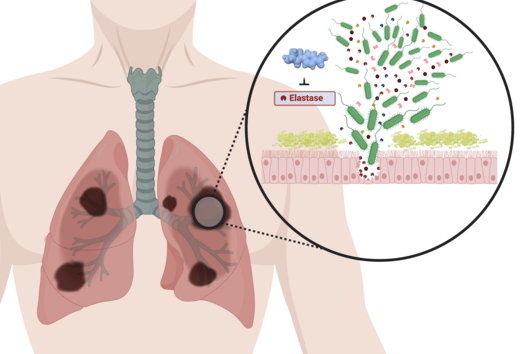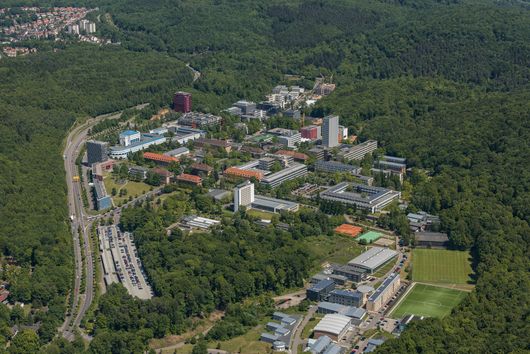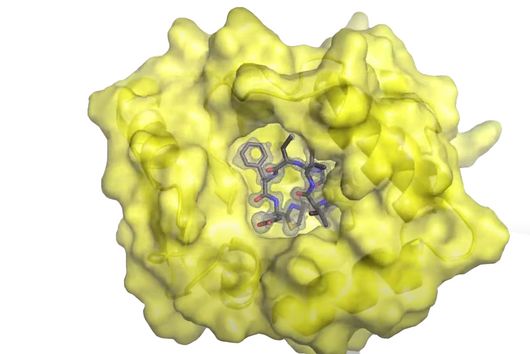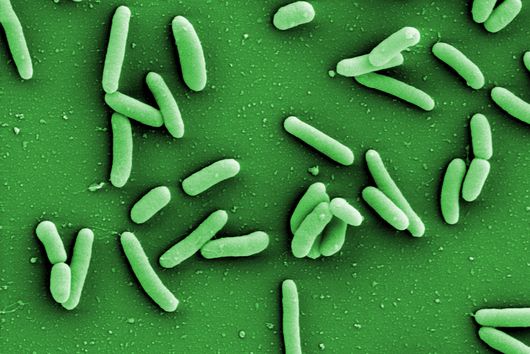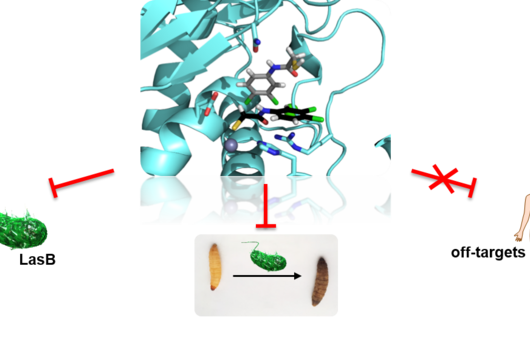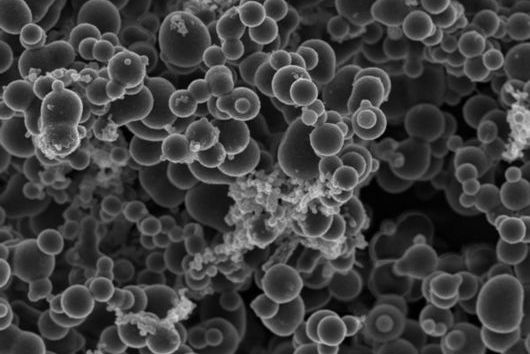Saarbrücken, December 20, 2023 - Darobactin is a promising candidate for the development of new, resistance-breaking antibiotics, as it has an exceptional mechanism of action and a broad spectrum of activity. In a recent study, DZIF scientists at the Helmholtz Institute for Pharmaceutical Research Saarland (HIPS) have shown that modifications of the darobactin molecule have positive effects on the antibacterial activity and pharmacokinetic properties of the new class of drugs. These results have now been presented in the scientific Journal of Medicinal Chemistry. The HIPS is a site of the Helmholtz Centre for Infection Research in collaboration with Saarland University.
The development of new, effective drugs is essential
"Darobactin is an antimicrobial agent and consists of seven linked amino acids that form a so-called heptapeptide. Its special feature is that it has a new, clinically unused mechanism of action and a broad spectrum of activity against Gram-negative pathogens," explains Carsten Seyfert, first author of the current publication.
Many commercially available antibiotics have lost their effectiveness because bacterial pathogens have developed resistance to them. Most new antibiotics are further developments of known classes of active substances where the point at which they bind to their target, the bacterium, remains the same. "Well-known" mechanisms of action in turn harbour the risk of cross-resistance, i.e. the insensitivity of the bacterial species to the newly developed drug. Darobactins are different: they bind and block a previously unknown target structure called BamA, an essential cell wall protein for Gram-negative bacteria, as it is important for the renewal of bacterial membrane proteins. BamA is therefore "uncharted territory" in terms of developing resistance and therefore a promising target.
Potential to be used against serious infections
The researchers had recently studied the interaction, i.e. the binding behaviour of some new darobactin derivatives on BamA (in particular the derivative D9 and the current frontrunner D22) in more detail through structural elucidations. Using a computer, they modelled changes at previously little-studied positions of individual amino acids of the darobactin. They realised that additional interaction surface with the binding site on the target protein BamA can be generated. In this study, the experts wanted to experimentally investigate whether this leads to a more effective blocking of the BamA complex and is associated with increased activity.
They made biosynthetic modifications to the darobactin molecules in the laboratory and analysed them for their antibacterial activity. The most promising modifications of individual amino acids of the darobactin heptapeptide have produced derivatives that show efficacy in vitro, i.e. in laboratory tests, against pathogens prioritised by the WHO as critically important and often multi-resistant, such as Escherichia coli, Acinetobacter baumannii or Pseudomonas aeruginosa. Darobactins therefore have the potential to be used in humans in the future to combat serious bacterial infections. They may be able to break existing resistance and save patients' lives. The derivative D69 stood out in particular, showing in vitro activity comparable to that of the currently best derivative D22.
The scientists also analysed the pharmacokinetics of the two most promising derivatives, D22 and D69. For this purpose, they selected the so-called in-vitro-ADMET-model, which was made possible by Prof Anna Hirsch (HIPS) and Prof Thomas Marlovits (CSSB Hamburg) and their teams. The results of the ADMET profiling allow conclusions to be drawn about the absorption in the bloodstream, distribution in the body, metabolism and excretion of darobactin and are helpful in planning subsequent animal models.
The next step is to confirm the in vitro results of the current study in vivo in animal models and to reduce production costs in order to keep the new antibiotic class of darobactins attractive for industrial utilisation.
Original publication
Carsten E. Seyfert, Alison V. Müller, Danica J. Walsh, Joy Birkelbach, Andreas M. Kany, Christoph Porten, Biao Yuan, Daniel Krug, Jennifer Herrmann, Thomas C. Marlovits, Anna K. H. Hirsch, and Rolf Müller*. New Genetically Engineered Derivatives of Antibacterial Darobactins Underpin Their Potential for Antibiotic Development. 2023. Journal of Medicinal Chemistry. DOI: 10.1021/acs.jmedchem.3c01660
Here you can find the press release of the DZIF: https://www.dzif.de/en/study-promising-new-antibiotic-darobactin-reinforces-its-potential

